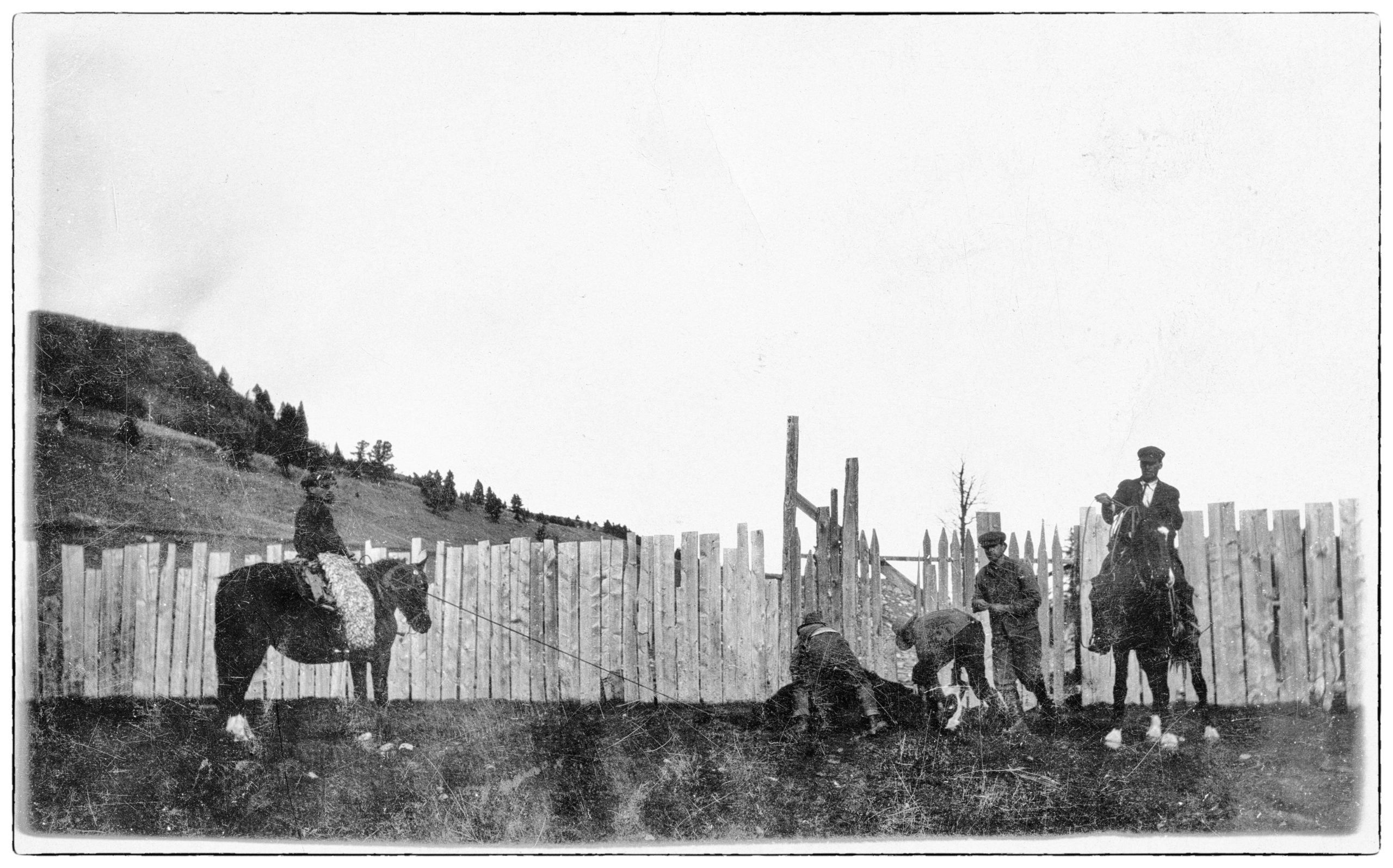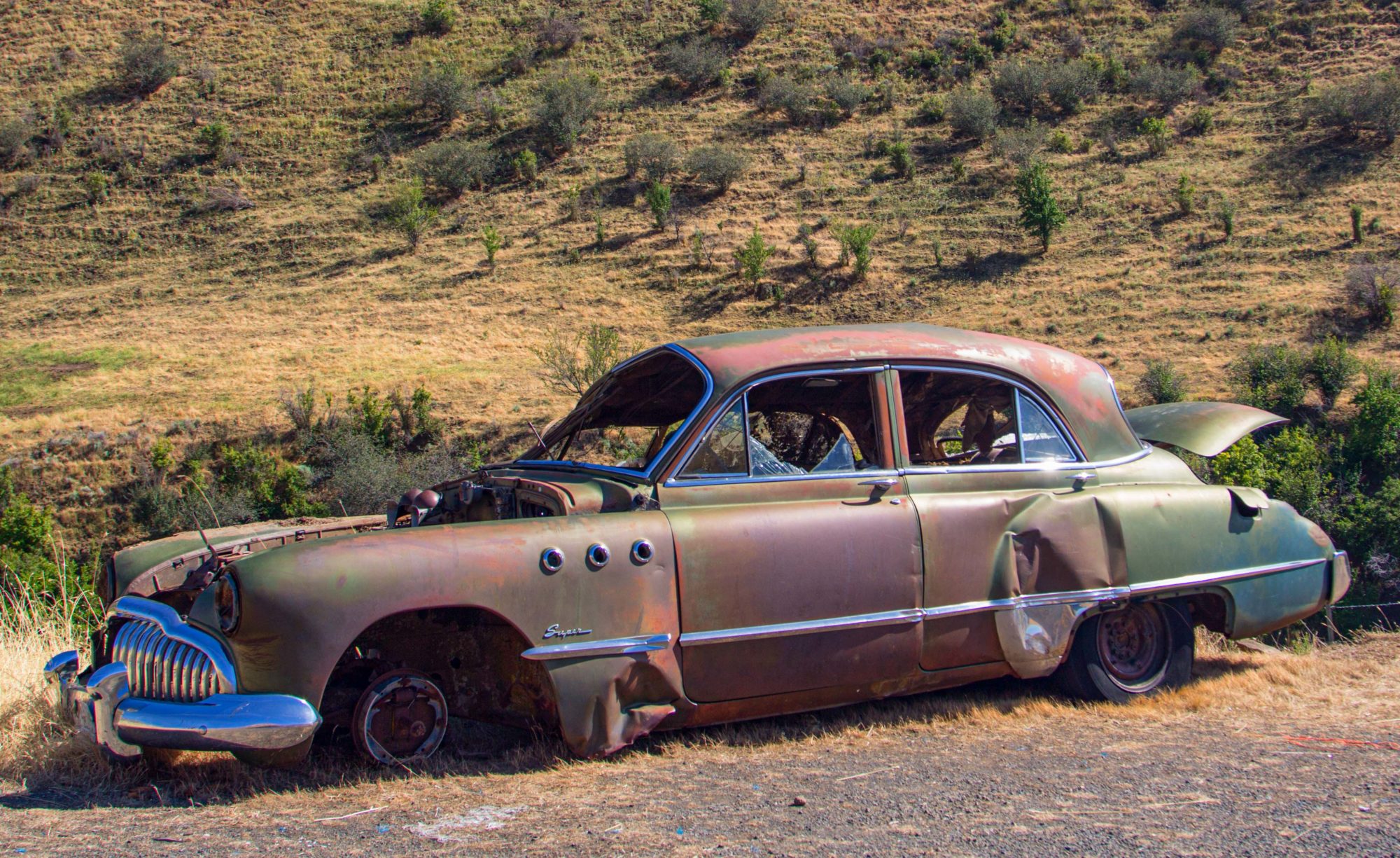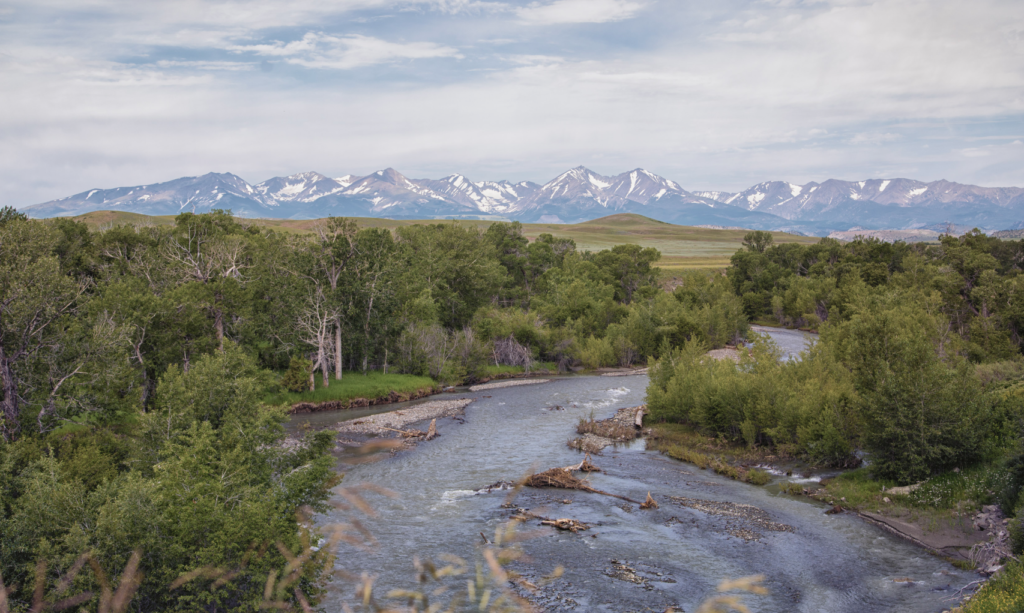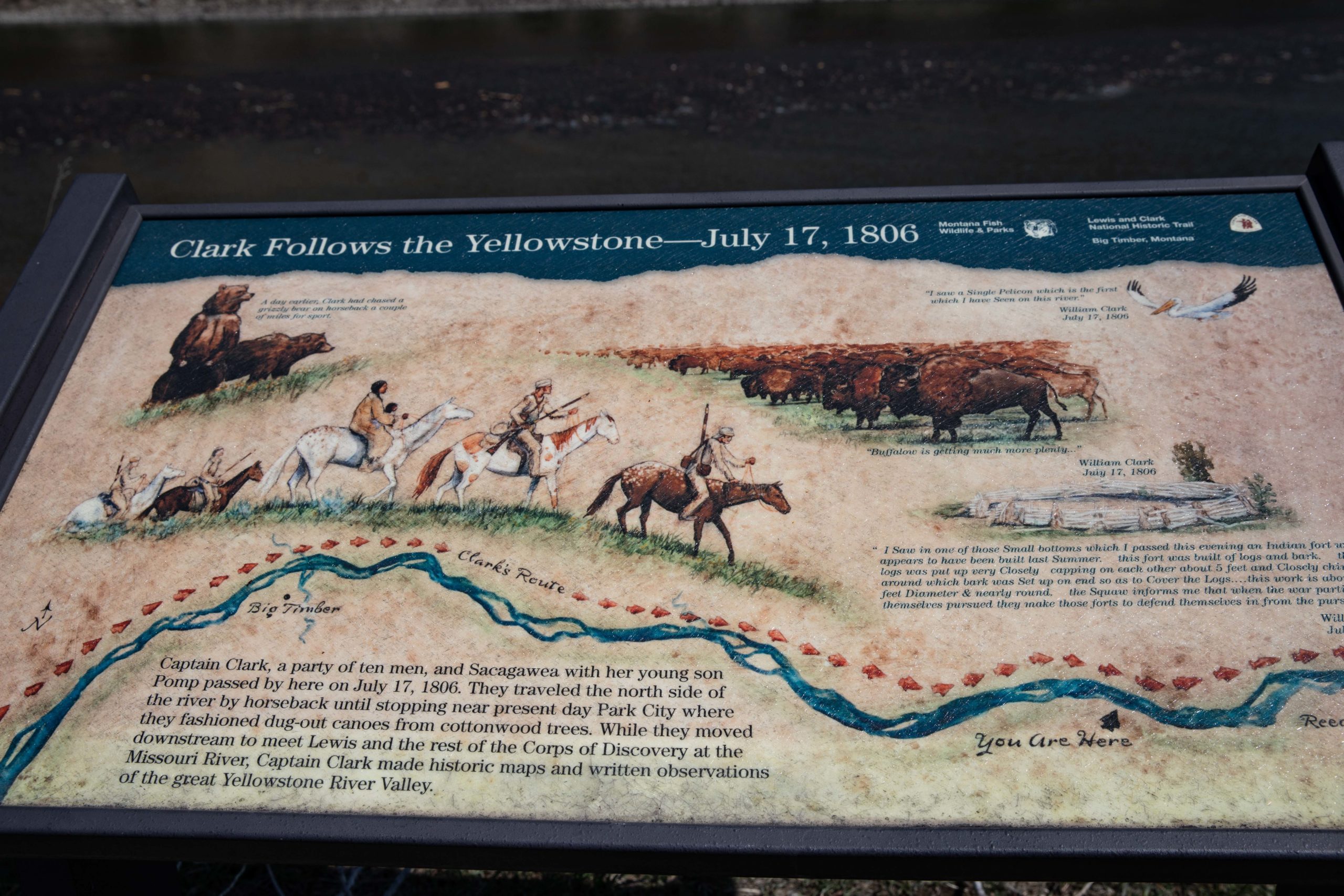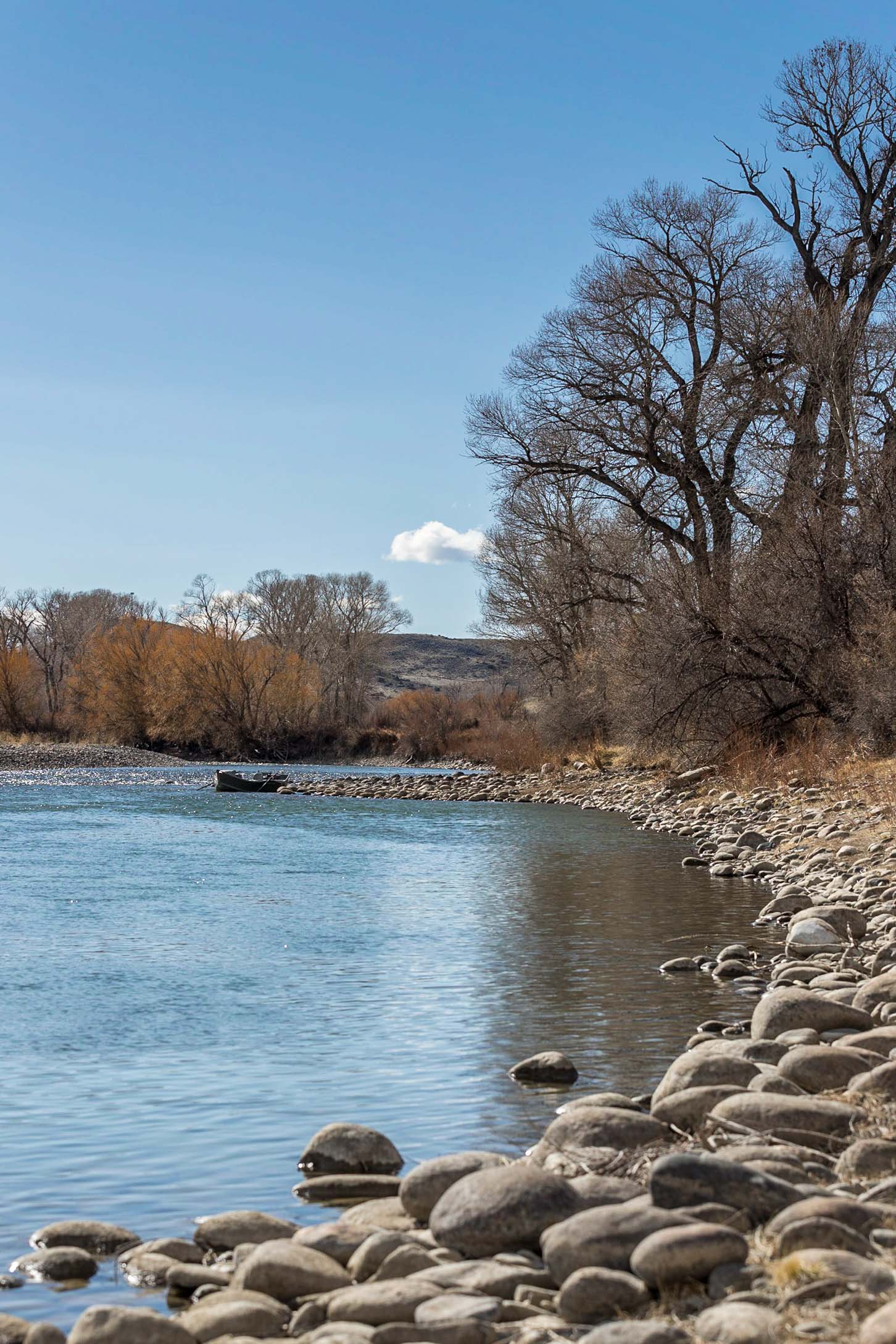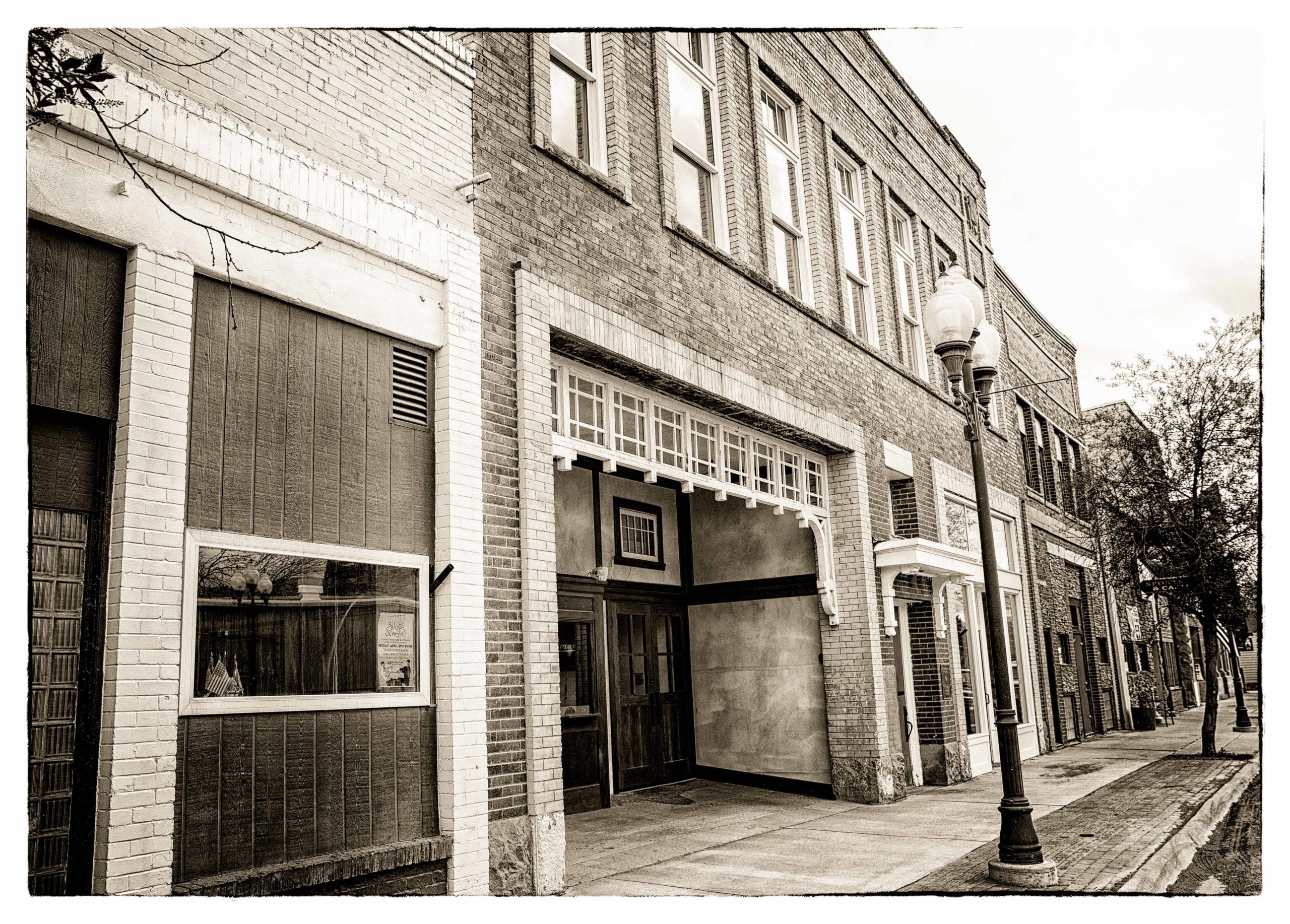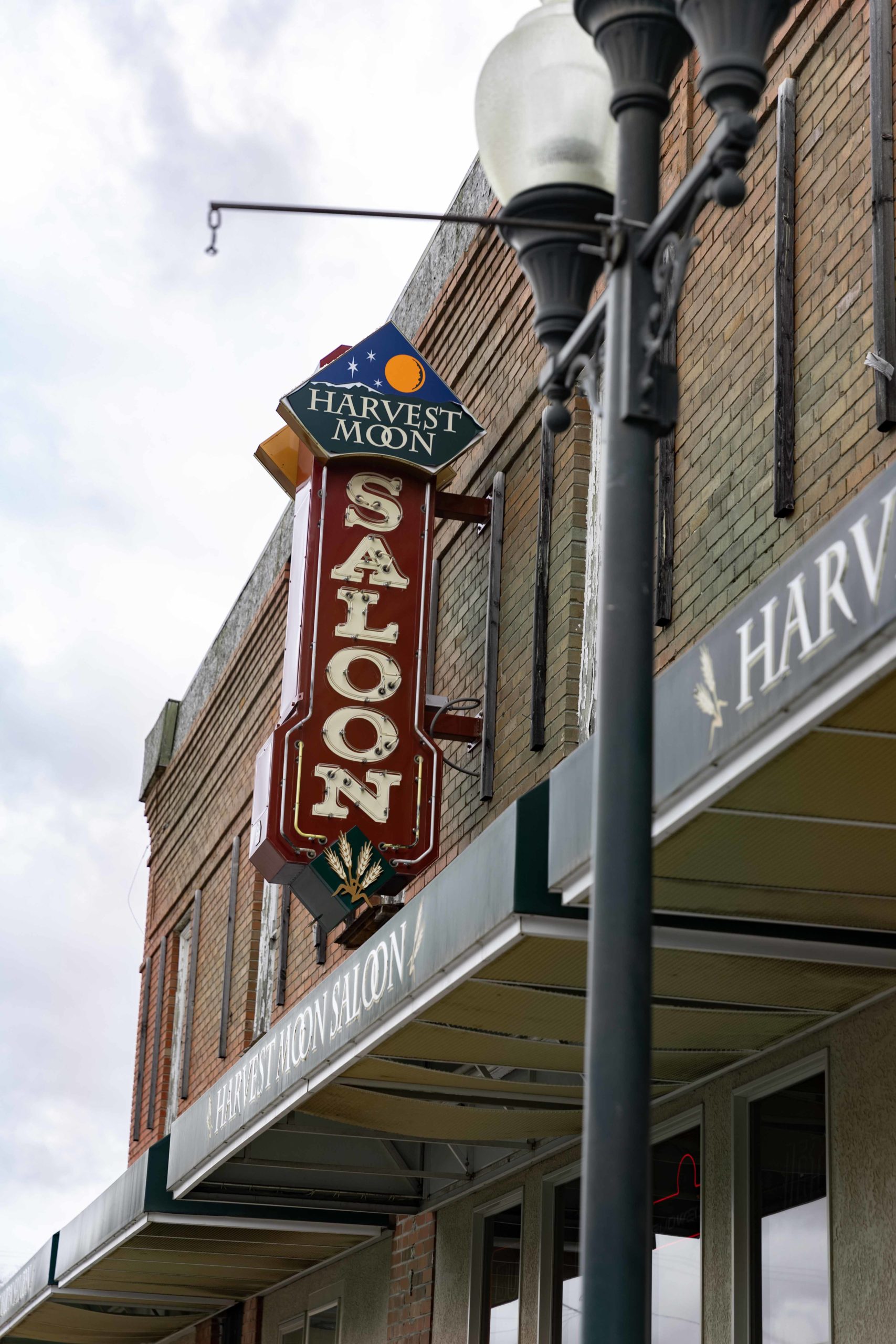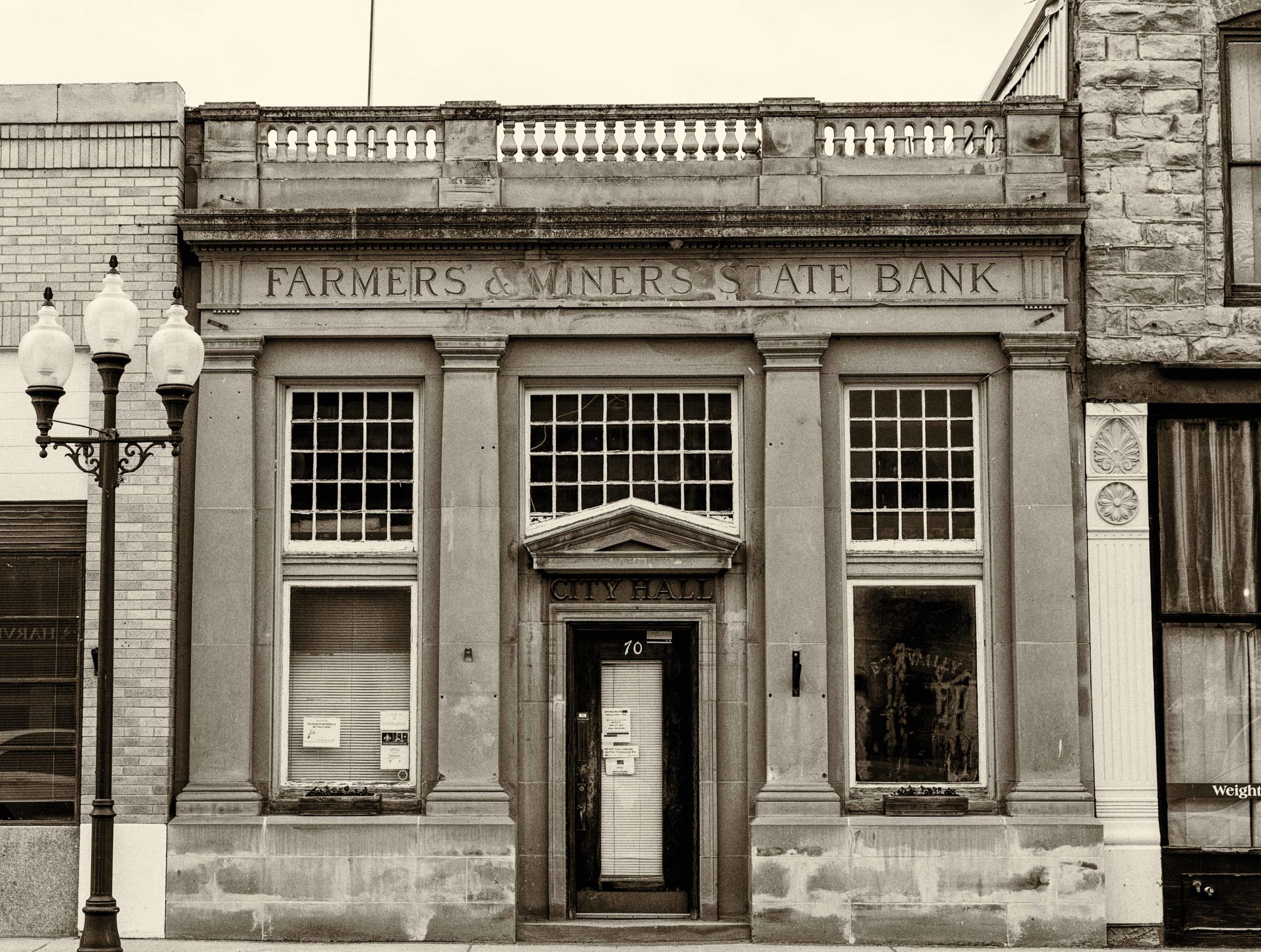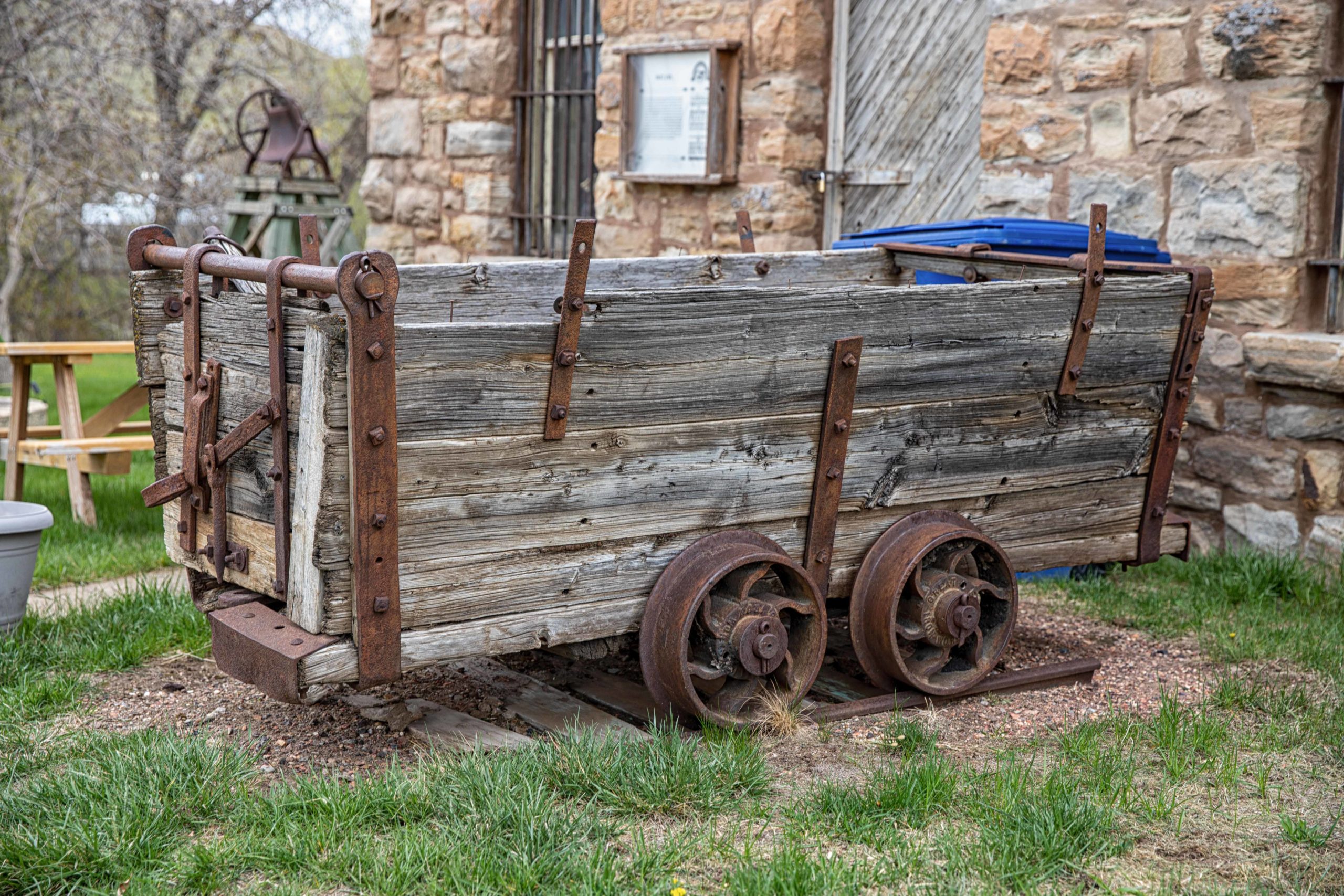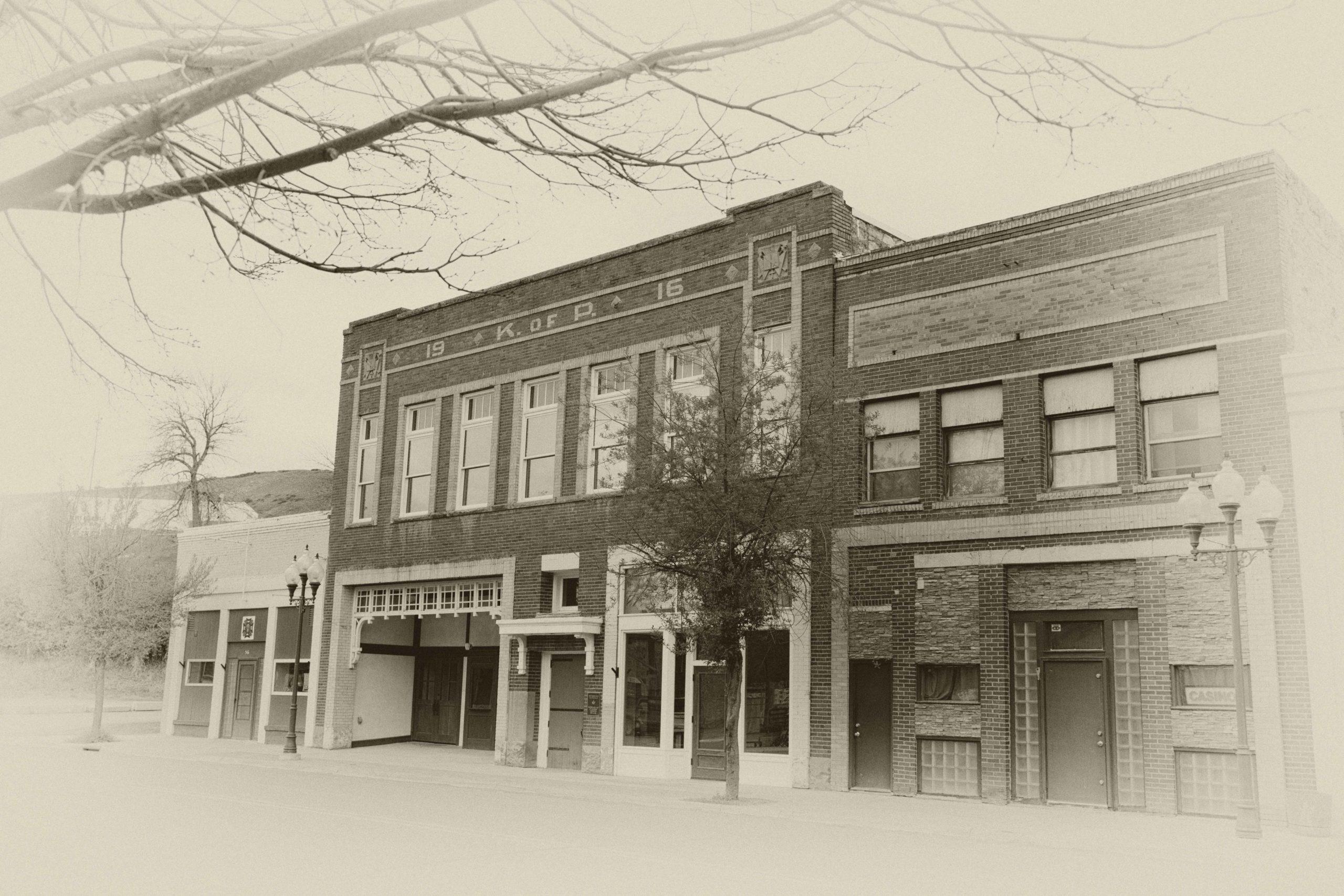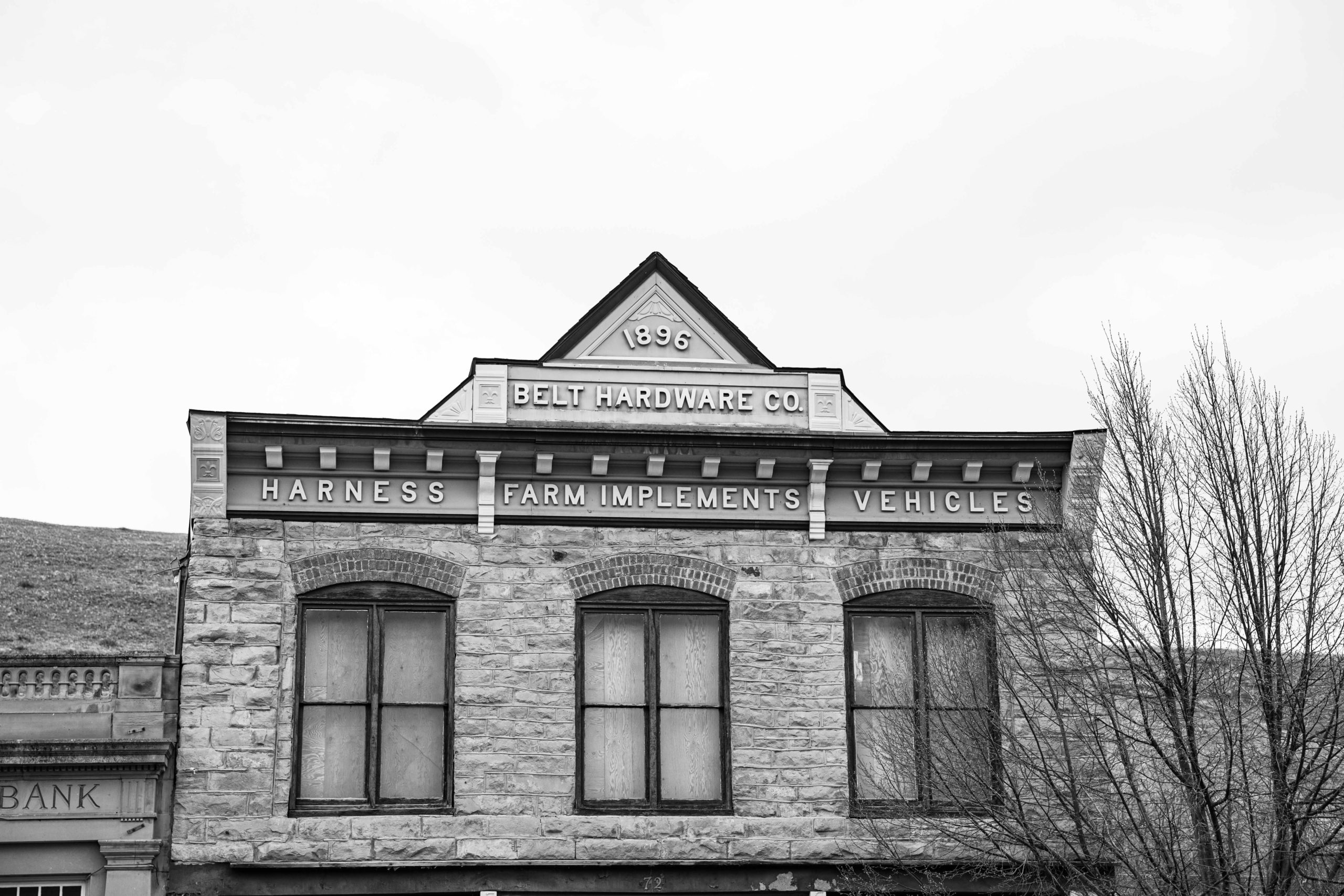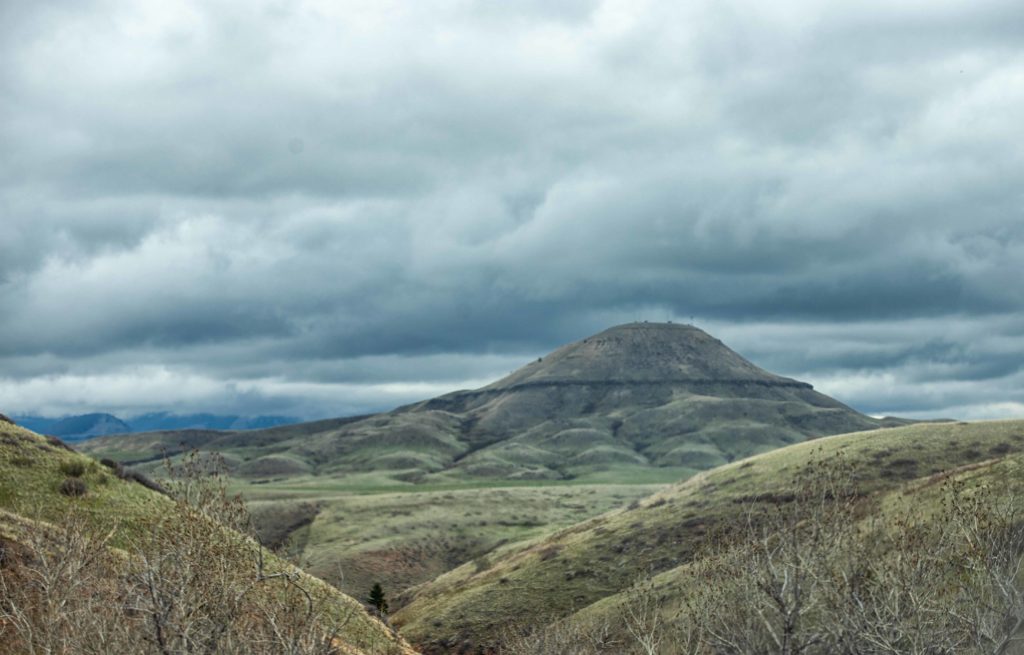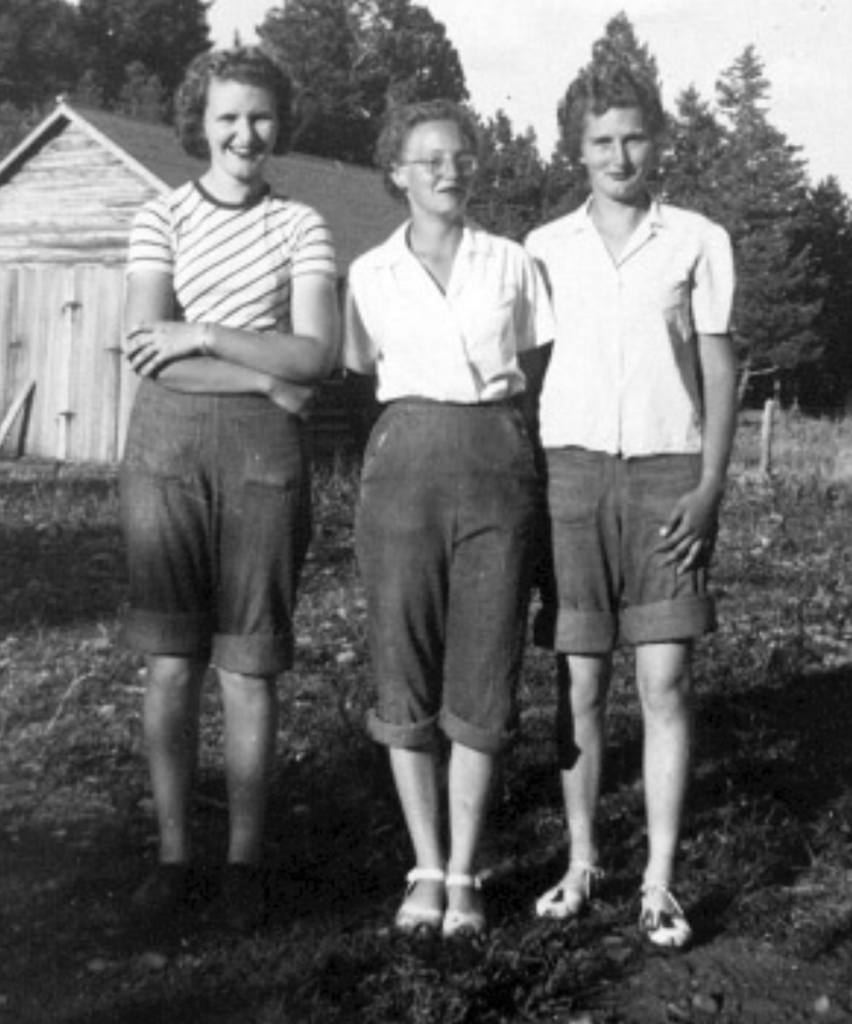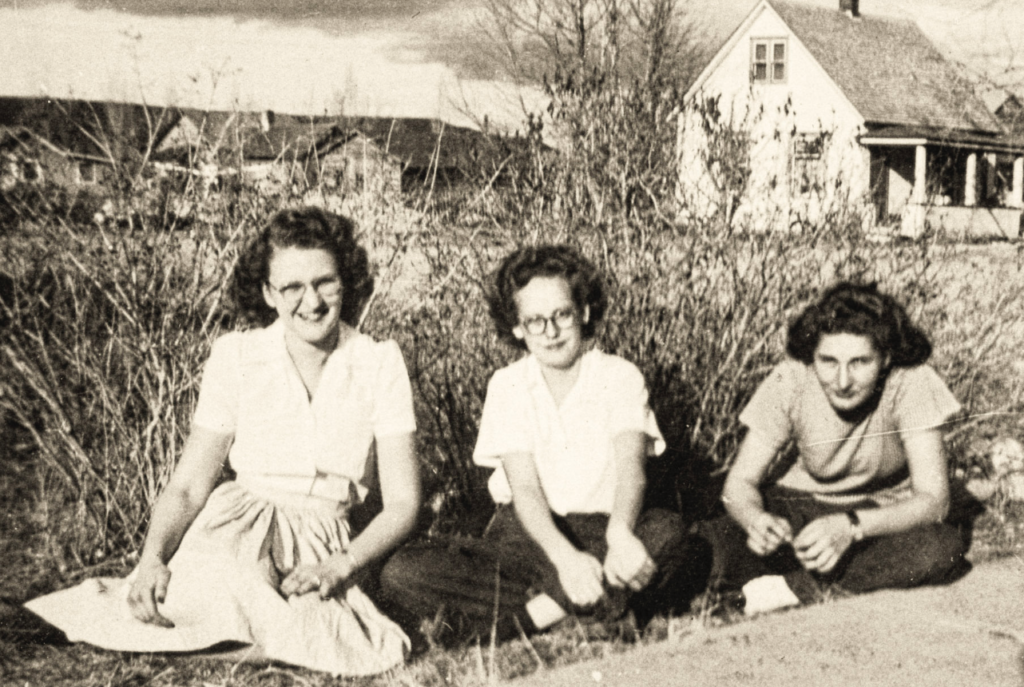I opened the gate and made my way past the bawling cows and calves that wandered restlessly around the barnyard kicking up dust. They complained about being driven from their pasture. After they settled down a bit the calves were separated from the cows. A couple of guys persuaded, guided, and pushed each calf through an opening between the gates that led to the hydraulic calf table. In less than a minute the calf was lifted on the table, branded, tagged, banded if required, and vaccinated. The cows bellowed and hollered as they waited for their calves to be returned. Within a short period of time, they were reunited and soon in the pasture grazing once again.
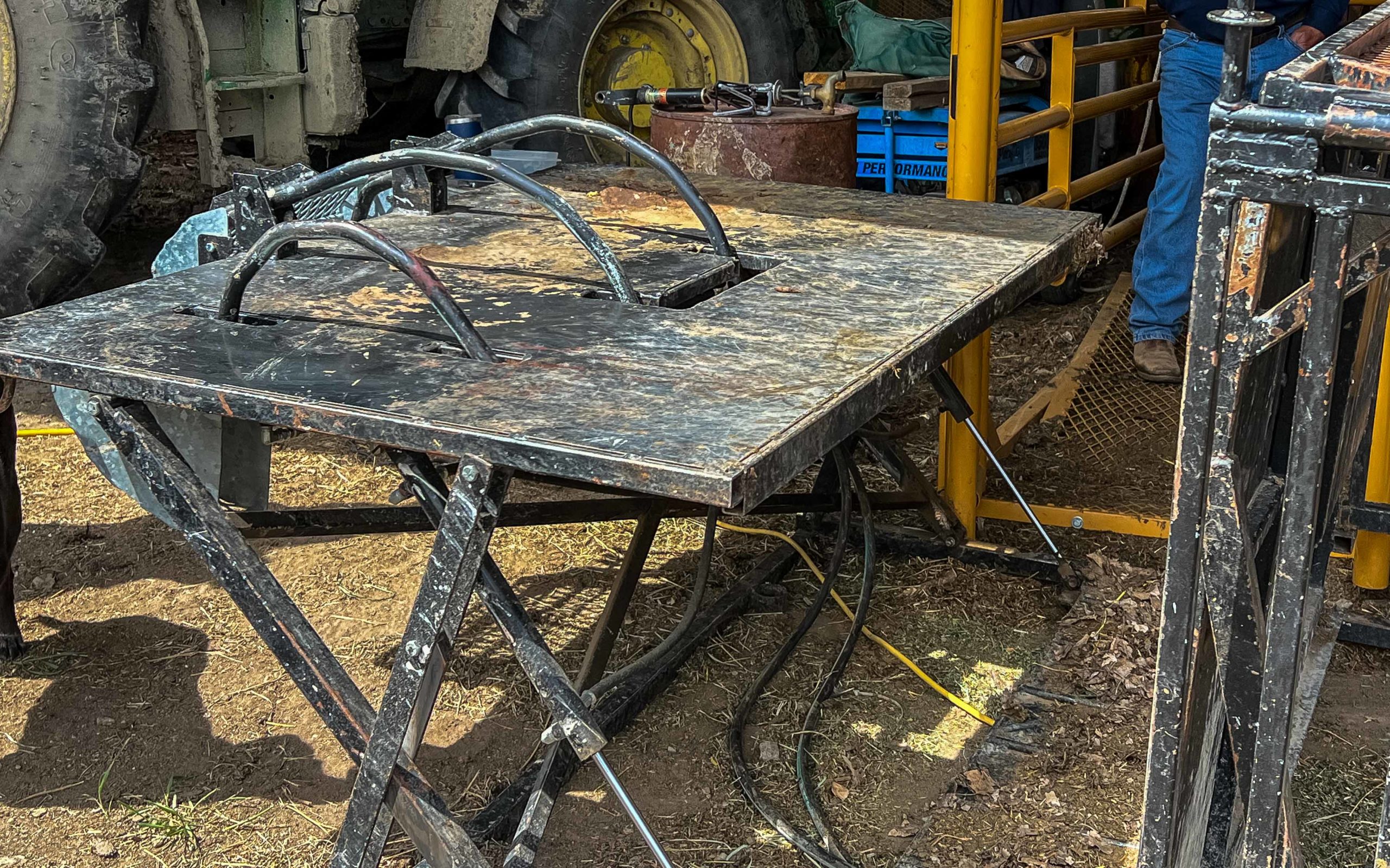
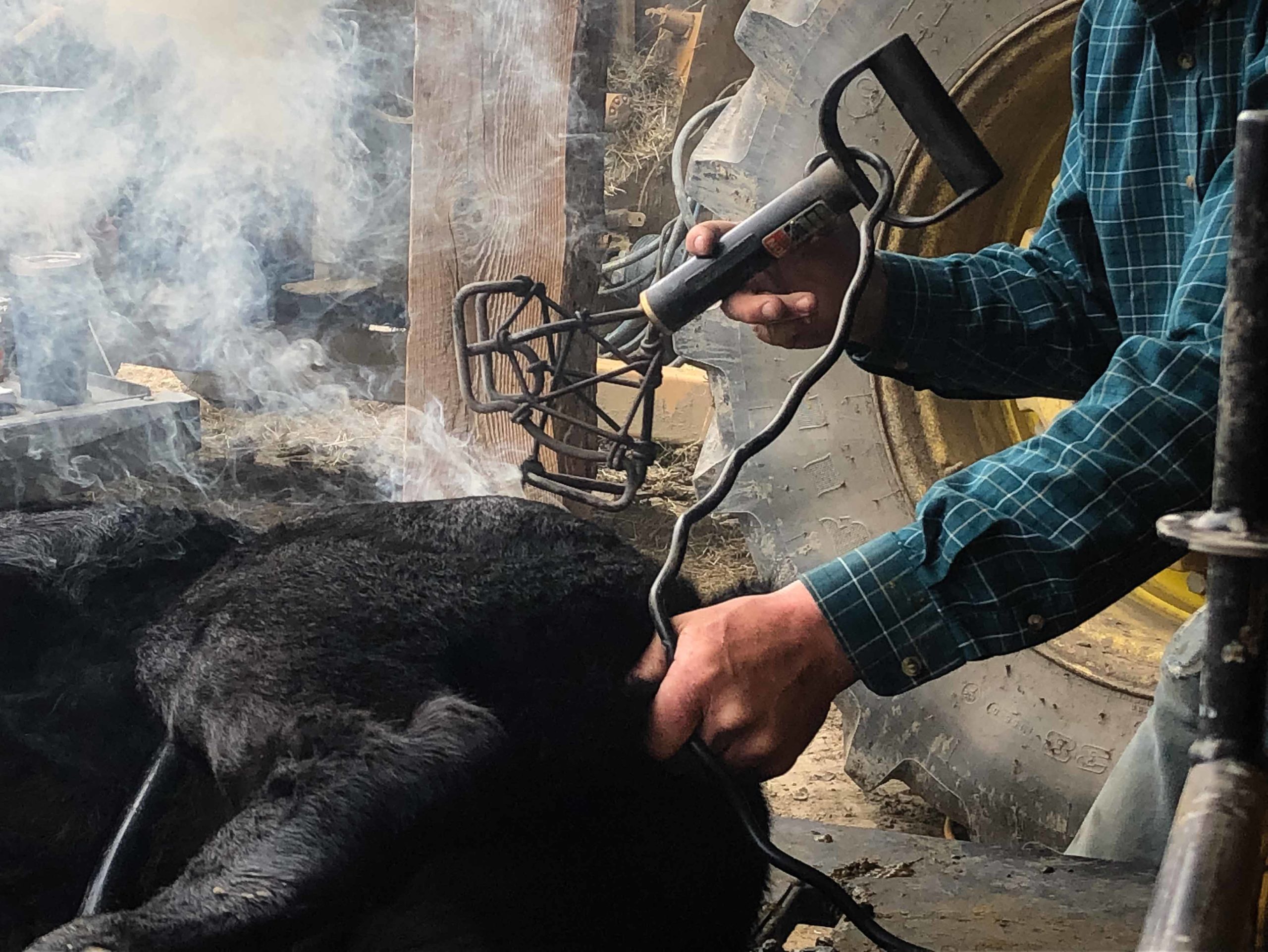
That is much different than it was in days of long ago when my dad watched his uncles on branding day. That was a time when family and friends gathered for the branding and the festivities that followed.
Ropers, wranglers, and those wielding branding irons made their way to the corral along with the spectators who hung on the fence or peered through the log rails. Then, the excitement really began. One of the ropers threw their lasso around a calf’s neck and another cowboy wrestled it to the ground and tied its legs together. A couple of guys held the calf down while the hot iron was applied and burned its identifying mark on the rump. Smoke from the iron mingled with dust that hung heavy over the corral as the smell of burning hair and flesh was blown away in the breeze. When all was done, everyone headed to the lodge. Recounted tales of the day mingled with good natured laughter and the aroma of food coming from the kitchen. It has been a good day.
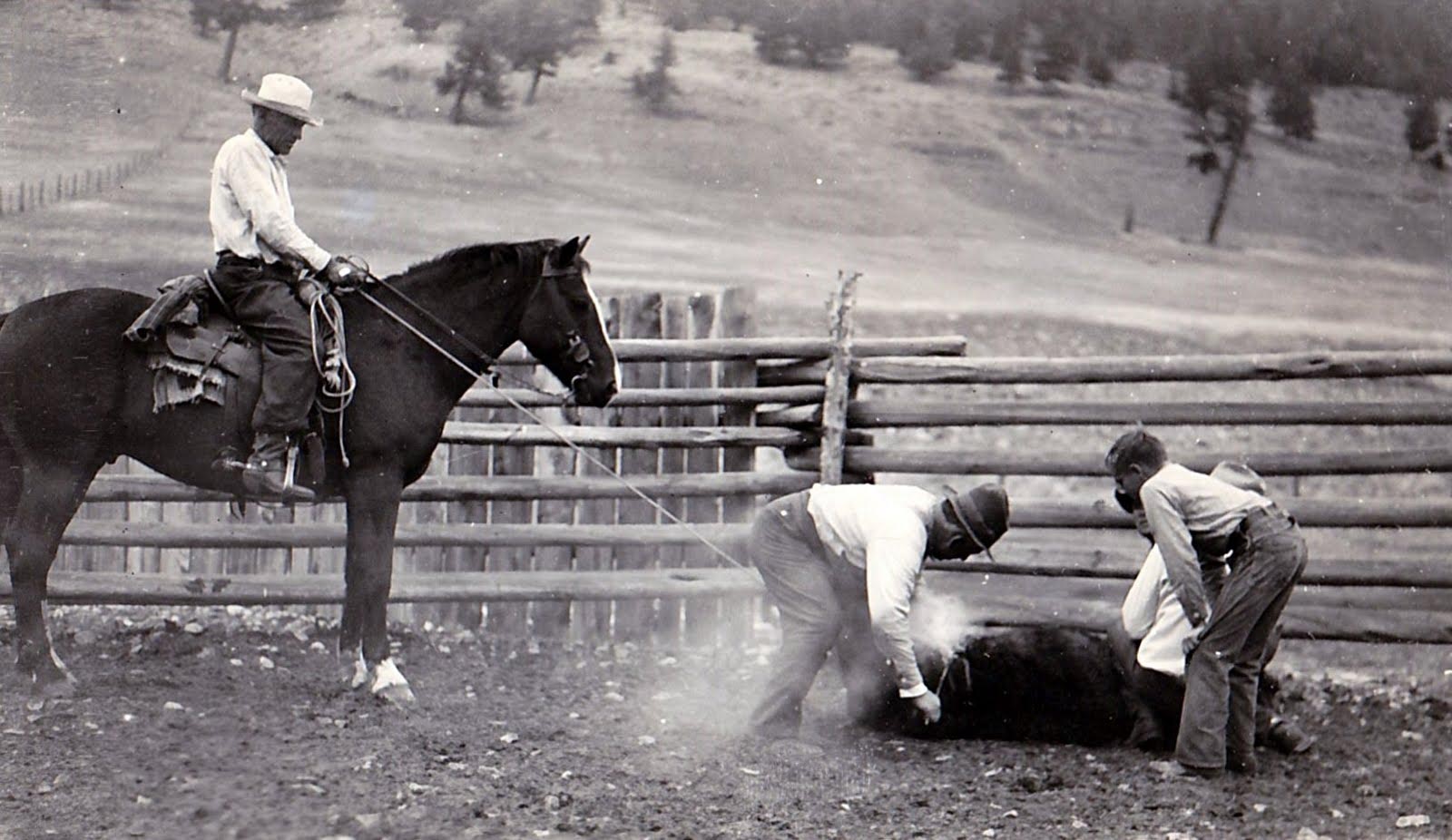
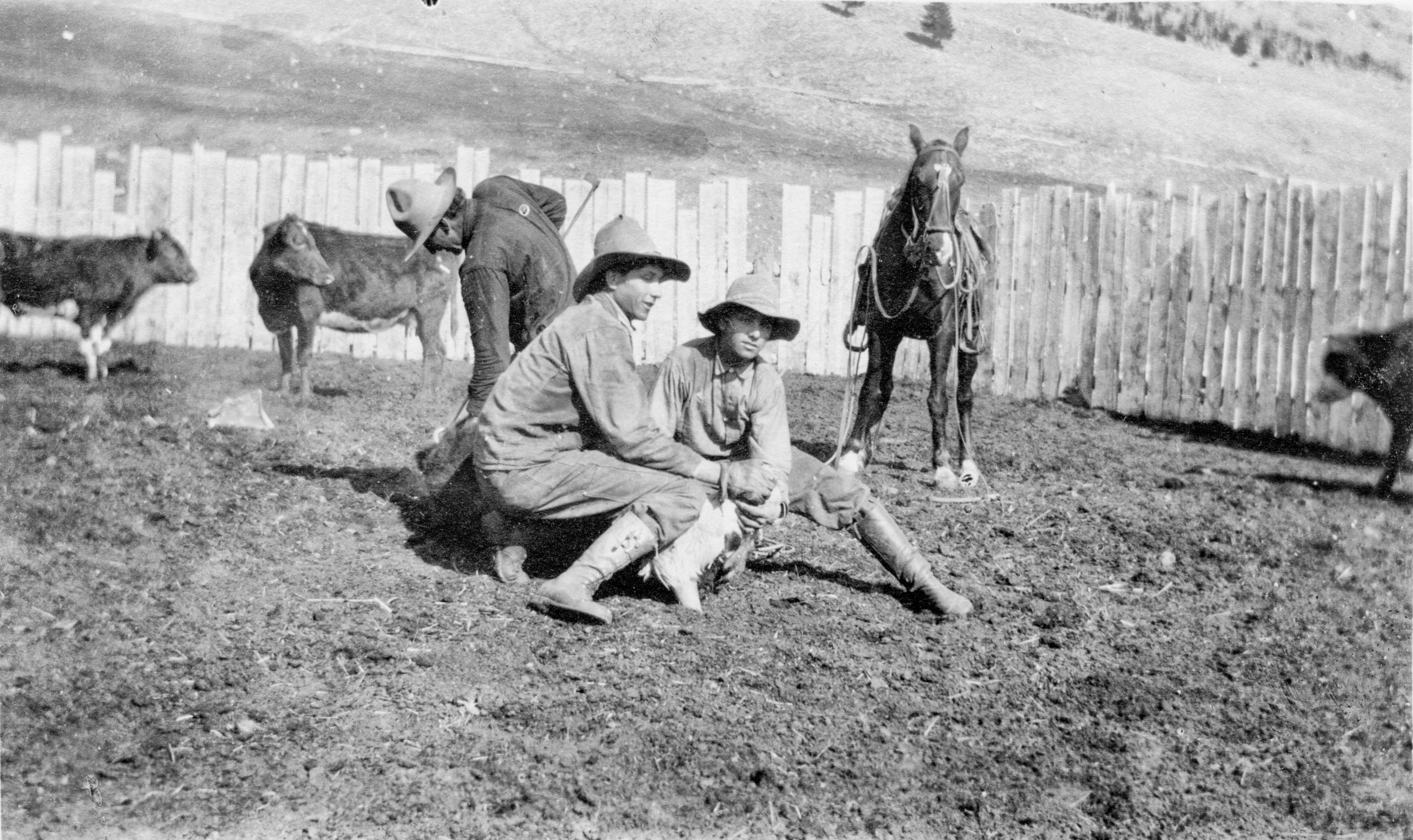
Uncle Dick branding, Buster the horse
Times and methods change but branding day is still a vital part of the cowboy culture. What once required many people now takes only a few. Branding irons heated by fire are now replaced with electric irons, but brands are applied the same way to burn marks of ownership that cannot be removed.
On branding day, I didn’t peer through the fence rails and see ropers and wranglers in action, but I still got to be a spectator. Somehow, amid the noise and the smoke, I imagined how it might have been in the days of my father’s youth. I think I caught a glimpse of him standing in the middle of the corral, Uncle Dick on the horse, Uncle Sid and Uncle Barney holding down a calf, and a youngster bending over to watch Uncle Ed wield the hot iron to apply the brand. Yes, it was a good day!
